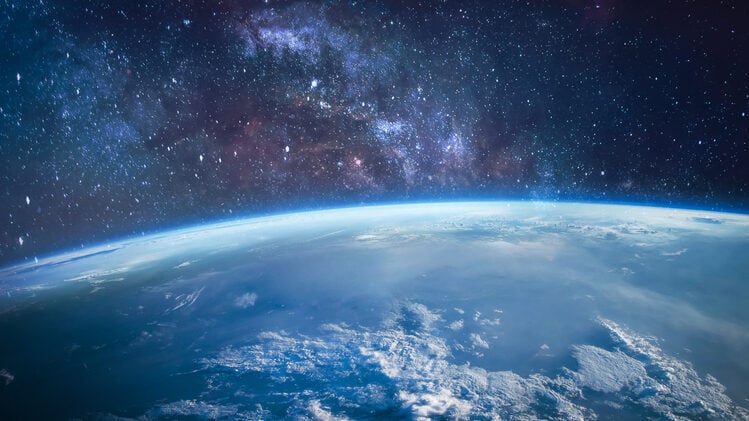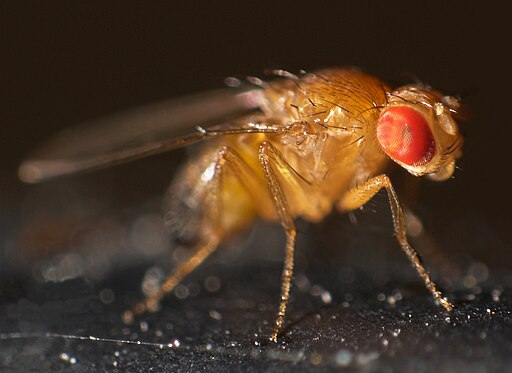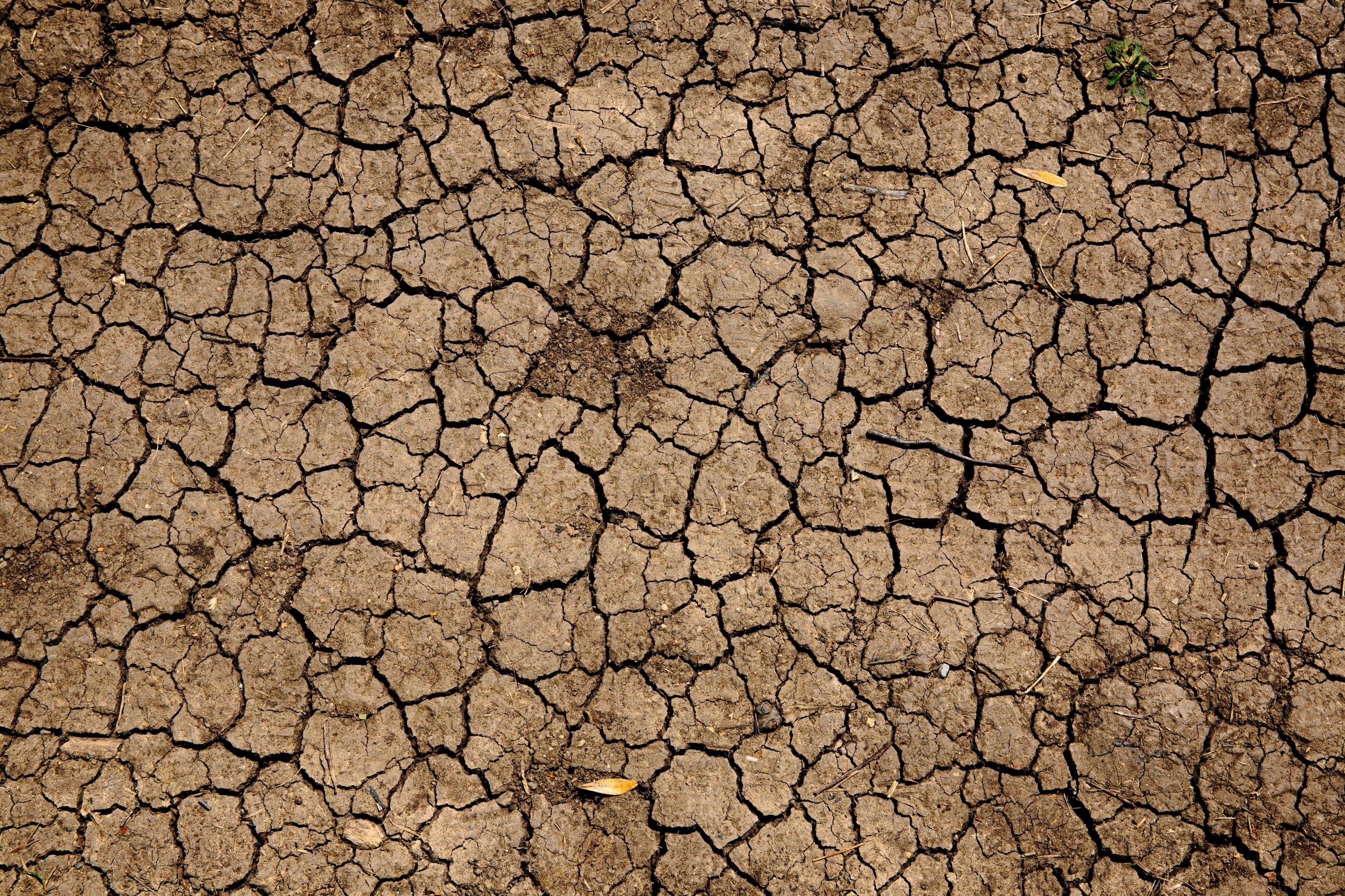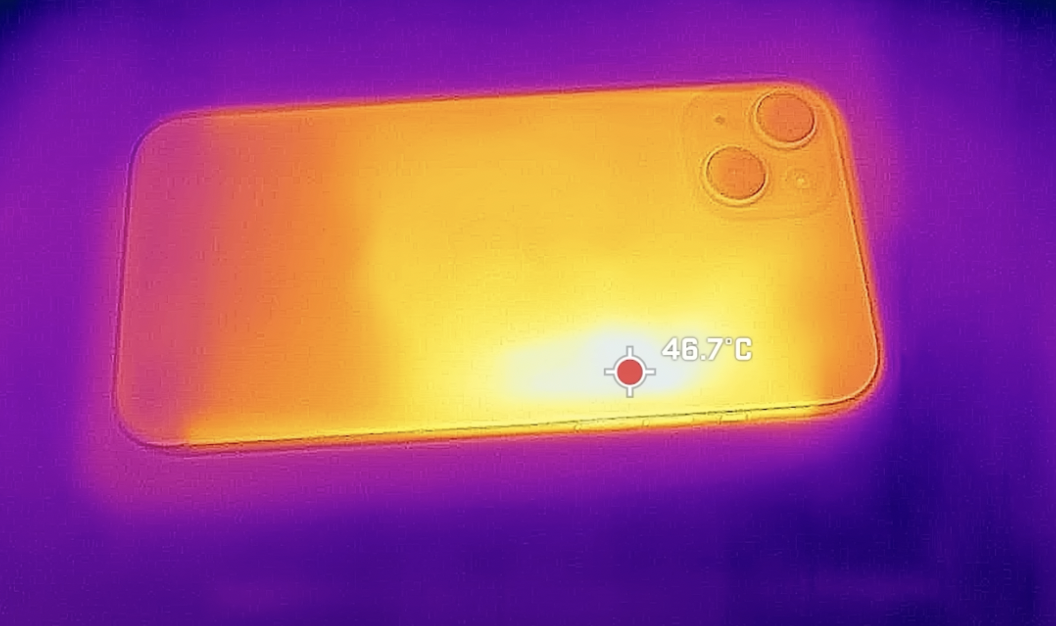Research reveals that satellites and space junk are major obstacles exploring the universe, but what does that mean?
A new study has found that the increasing amount of space debris, including satellites and other human-made objects, is hindering our ability to observe and study the cosmos.
The study, published in the Nature Astronomy journal, highlights the need for better regulations to address the issue of space debris and prevent it from further impacting scientific research.
Satellites have become an integral part of our modern way of life, providing us with communication, navigation and weather forecasting capabilities. However, the growing number of satellites, both active and inactive, poses a significant threat to our ability to study the cosmos.
According to the European Space Agency, there are currently over 29,000 pieces of space debris larger than 10 cm in Earth’s orbit, with an estimated 3,000 active satellites in operation.
“People are probably more familiar with the idea of satellites you can see, when you have an astronomical image, and if a satellite goes through where the image is, it’ll look like a streak,” University of Southern Queensland Ph.D. student Jessica Heim, told ABC, adding that the sky was getting “less dark.”
The study’s authors noted that satellites and other space debris create a “polluted” environment around Earth, which interferes with the observations of the cosmos by telescopes and other instruments.
The researchers used computer simulations to model the effects of space debris on observations of the night sky, finding that the number of visible stars decreases as the amount of debris in orbit increases. The simulations also showed that space debris can cause false detections and distortions in astronomical images.
“What we were looking at more in the paper is diffused night sky brightness. So that’s basically where the sum total of all the satellites, all the debris, all the stuff in orbit […] that all adds up and contributes to this increased brightness of the night sky,” the expert explained.
“Basically, it just makes it less dark, as all the little pieces of stuff will reflect sunlight, and then that gets reflected down and it just has the net effect of making the sky a little bit less dark.”
Not a new phenomenon
The issue of space debris is not new, and scientists have been aware of its potential impact on astronomical observations for some time.
The problem has however become increasingly urgent in recent years due to the growing number of satellites being launched into orbit by private companies, such as SpaceX and OneWeb.
These companies seek to create satellite constellations to provide global internet coverage, but the sheer number of satellites they are launching exacerbates the problem of space debris, experts say.
To examine the damage, the researchers analysed how a brighter sky would affect the Vera Rubin Observatory, currently under construction in Chile, and concluded that it would lower the efficiency of the observatory’s Legacy Survey of Space and Time by 7.5%.
The study also estimated that it would require an additional $21.8 million to complete the project.
“It has a very large field of view doing very long exposures,” Ms. Heim said.
“More stuff will go through it, [in terms of] streaks,” she continued: “It’s going to be in an area that is very dark and looking specifically for very dim, faint objects, so it’s at a particular weakness [to the diffused night sky brightness].”
The primary objective of the survey is to capture images of the billions of objects, monitor their time evolution, and create the first-ever motion picture of the universe.
Is there a solution?
To address this issue, the study’s authors have recommend that space agencies and private companies take steps to mitigate the effects of space debris on astronomical observations.
This could include designing satellites with materials that are less reflective and more absorbent to reduce their visibility in the night sky.
Companies could also be required to remove their satellites from orbit once they have reached the end of their useful life to prevent them from becoming space junk.







